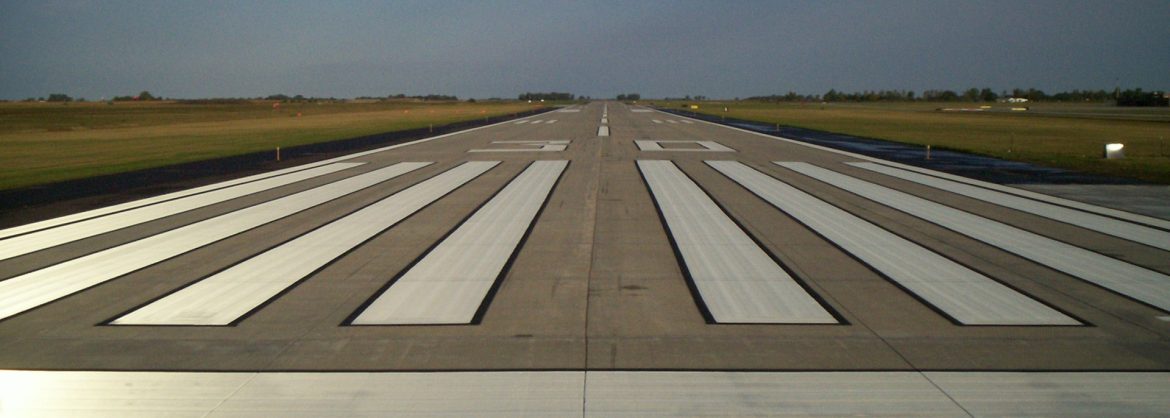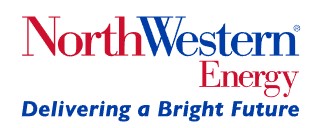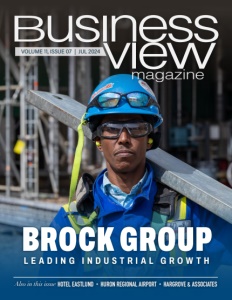Huron Regional Airport
Flying Ahead
A new FBO steers the right direction for a leading regional airport
Huron Regional Airport, located on the north edge of the City of Huron in Beadle County, South Dakota, is a thriving airport with its finger on the dial. Boasting a rich history, the airport recorded its first flight operation in 1917 and officially opened in 1937 as the W.W. Howes Municipal Airport, named after an administrator in the Roosevelt administration who brought airmail service to the Midwest.
The airport, which is owned and operated by the City of Huron, covers an impressive 1,235 acres and has two concrete runways: Runway 12/30, at 7,201 by 100 feet, is the third longest runway in the state after Rapid City and Sioux Falls; Runway 17/35 is 5,000 by 75 feet.
Over the years, the airport has been serviced by multiple carriers; among them were Mid-Continent Airlines, Inland Air Lines, Western Airlines, North Central Airlines, Northern Airlines, Mesaba Aviation, GP Express Airlines, Air Midwest, and Republic Airlines.
Today, there is no commercial air service flying in and out of Huron. However, it is still a busy hub for general aviation aircraft, corporate jets, air ambulance services, physician specialists, aerial applicators, pipeline inspectors, and various government agencies.
Huron’s Airport Manager has a lifelong connection
Larry Cooper has been Huron’s Airport Manager for the last 33 years. But his relationship with the airport goes back quite a bit longer. “It started in 1957 when my dad went to work at the airfield that was there at the time,” he recounts.
“I was a little kid and I came out here and got to hang around airplanes and do little chores for the owner of the FBO (Fixed Base Operator). Later on, in high school, I was a line boy out here (a line boy is an airplane technician who works on an airport ramp). Then I went to college and the Air Force’s ROTC program,” Cooper describes.
He continues, “Then I was a pilot for the Air Force. When I left the Air Force, I came back here to manage the local FBO. That led to getting on the Airport Board and ultimately becoming the Airport Manager. So, if you put my Airport Board time on, I’ve been at this airport in a semi-management capacity, one way or the other, for 38 years.”
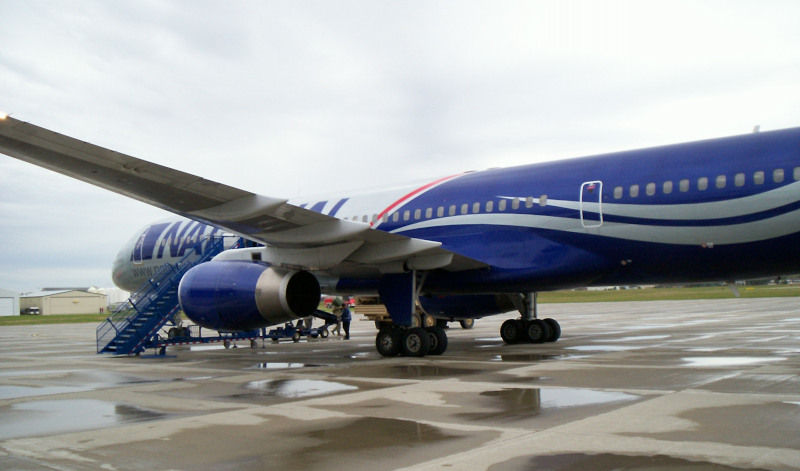
On an upward path
Over those years, Cooper has witnessed the airport’s many ups and downs. But today, he says that Huron Regional is on a growth trajectory. “By the time COVID hit, we were going backward pretty fast,” he laments.
“The FBO that we had at that time had driven away most of its business. But since then, our FBO has changed hands twice. Our current FBO operator is Revv Aviation, and they’re the main reason that revenue and the flights have gone up; we’re getting back to the numbers that we used to have 20 years ago. Everybody that comes here likes what they see; they like the service, the quality of the service, and the way they’re treated. It’s made a difference for us.”
In addition to better service for its customers, the airport has made significant infrastructure upgrades over the past several years. “The runway is virtually new,” Cooper reports. “We replaced a 1947 runway in the early 2000s. Our 7,200 X 100-foot runway allows most jets to get in and out without having to worry about runway length. We’ve replaced the taxiway – increased its width and strength.”
“Our apron is quite large for an airport this size. We can handle Airbus, 737, and 757-type traffic without any problem. Probably, the biggest upgrade we’ve done lately is to our lighting. We became only the fifth airport in the nation to have all LED signs. We were also the first airport in the state to have all LED runways and taxi lights. Our PAPIs (Precision Approach Path Indicator) and REILs (Runway End Identifier Lights) are all LED, so we’re the first all-LED airport in the state. Also, we have excellent snow service in the winter; we’re open when a lot of other airports are not. It’s just a good airport to use.”
Many diverse airport customers
And use it they do – GA aircraft, corporate jets, medical flights, and more. “We have numerous general aviation aircraft that come through and, particularly, during our pheasant season, which occurs in the fall, we have numerous aircraft that come in for an opening day of the season that begins in September and goes through January,” Cooper notes.
“We had 102 jet operations in three weeks during the opening few weeks of pheasant season this past year. We had everything from regional jets down to little Honda jets. So, we have a constant flow of aircraft during that period.”
“We have the South Dakota State Fair, which brings a lot of people in,” Cooper adds. “That’s a five-day fair that ends on Labor Day. We get quite a few aircraft in for that, including competitors and entertainers that come in, and a lot of people who fly in just to attend the fair. It brings people in from all over the United States. We have people from coast to coast and border to border.
“Doctors come here out of Sioux Falls and Aberdeen. Additionally, the two big hospitals out of Sioux Falls – Avera and Sanford – fly medical ambulance flights in and out of here, which serves us and a lot of the surrounding communities. We average one medical flight a day, 365 days a year, which means that we may not have a flight today, but tomorrow, we may have five. There are several times that they’re in here multiple times a day.”
“There are six or seven regular jet customers that are in here almost every week,” Cooper continues. “We have a company called True North Steel that makes culverts and steel products and Northwestern Energy Both jet operators. We have Coborn’s Foods, which is a grocery chain out of Minnesota that comes in here on a Citation Sovereign. We have Jack Link’s Meat Products; their beef jerky is made in a plant 12 miles from here. Jack Link’s has a fleet of five jets and are in and out of here all the time.”
In addition, NetJets Aviation and Jet Solutions are two fractional jet ownership companies that land and take off regularly. They service business travelers whose companies don’t own their aircraft but may need to fly somewhere on short notice.
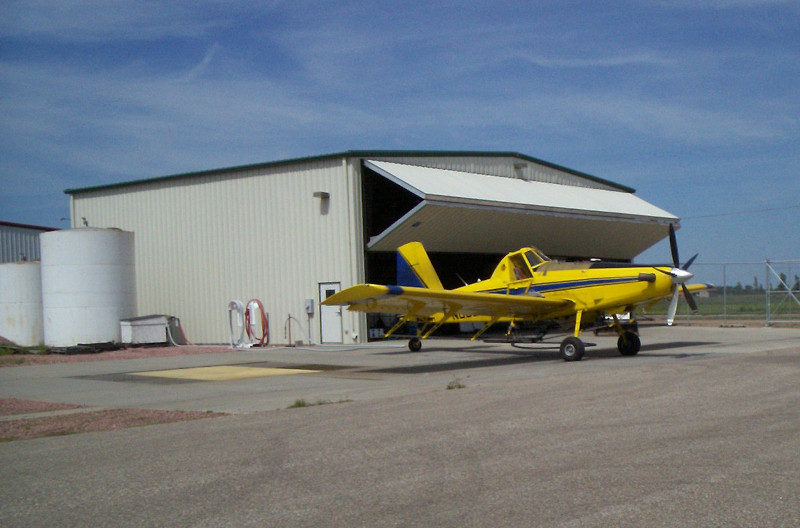
Training and building for the future
Across the U.S., there is a shortage of both pilots and aircraft mechanics, and Cooper sees some possibilities emerging at Huron. “Revv does have a flight instructor here, with plans to increase that service,” he shares.
“They are working with our local high school to bring flight training and maintenance training into the high school level. They also agreed with Lake Area Technical College in Watertown which trains pilots and mechanics. In September, they’ll start that combined program with the high school and Lake Area Tech for the maintenance training. We’re trying to get them onto the airport in an old flight service station building that we’ve got here that would be perfect for educational use. We’ve offered them the facility, and once they’re up and running, they think that they’ll probably be using that.”
Going forward, Cooper says that he would like to develop unused airport space and broaden the FBO’s services. “We’re trying to get Revv Aviation sold on the idea of building a paint shop here, or possibly building it ourselves and leasing it to them,” he relates. “We’d also like to see some more hangars built for general aviation. I get calls almost weekly from people looking for hangar space. So, we’re trying to develop a new hangar area. A project that will start this year is an extension of our taxi lane to the north end of the airport, and that will open up a new hangar area. Hopefully, that would bring some more tenants on board.”
Lastly, Cooper’s been trying to get commercial service back to Huron, as well. “We’ve had a consultant put together a program determining its viability in the Huron area,” he explains. “And now we’re trying to find a carrier that we can entice into, at least, giving us a try. We’ve got a mechanic here with 23 years with SkyWest Airlines, and he can handle any type of regional jet. “
“We can offer them maintenance and we’ve got a hangar that’s large enough – someplace where they can pick up passengers, have maintenance done, or put their aircraft in during the wintertime so they don’t have to de-ice in the morning. The study that we did shows that there are enough boardings out of this area that could support jet service out of the Huron Airport. That’s the big one that we’re trying for right now,”Cooper concludes.
AT A GLANCE
Huron Regional Airport
WHAT: A city-owned, public airport
WHERE: Huron, South Dakota
PREFERRED VENDORS
NorthWestern Energy – www.northwesternenergy.com
For over 100 years, NorthWestern Energy has provided safe, reliable, and innovative energy solutions. We serve gas and electric customers in South Dakota, Montana and Nebraska, and electricity to Yellowstone National Park. Our diverse fleet includes wind, water, natural gas, and coal-fired resources, plus extensive transmission systems.
